Packaging, the beauty industry’s new arms race

Roula Khalaf, Editor of the FT, selects her favourite stories in this weekly newsletter.
The most common critique of luxury beauty is that we’re just “paying for the packaging”. The cream or lotion inside, so we’ve been told, is but a sliver of the total cost, and the inflated markup is thanks to the sophisticated pumps, nozzles and spatulas that dispense the product. Which is why the past few years have given rise to brands that have done away with the bells and whistles of traditional beauty packaging, offering potent formulations for a fraction of the price. This, combined with increased competition from independent disruptors, and growing demand for sustainability, has provoked a beauty packaging arms race between the world’s cosmetics giants. And in an industry that’s projected to grow to £131bn by 2025, there’s plenty at stake.
“Essentially, we have a tug-of-war between luxury, sustainability, efficacy and aesthetics,” says cosmetic chemist and formulator Nausheen Qureshi. The synergistic relationship between formula and packaging affects everything from the texture – cream, gel or gel-cream? – to the amount of product you get and the best method of dispensation. “Packaging and dispensing are a huge part of the formula itself. You can’t really think of them as two separate things,” says chemist and cosmetic formulator Stephen Ko. The rush for high-tech, clinical and cosmeceutical skincare has resulted in the trend for dropper bottles with pipettes, favoured by disruptors such as The Ordinary, which tick a lot of boxes, including a lower price point and sustainability via the recyclable glass bottles. They also feel somewhat scientific to appease “skintellectuals”. As Qureshi explains: “A dropper is a really good option in some ways – you can get a glass bottle with a glass pipette and then a rubber top, and none of it is plastic. But while that might be a good choice for sustainability, the problem with droppers is that they’re just not very good at keeping the products as fresh.”

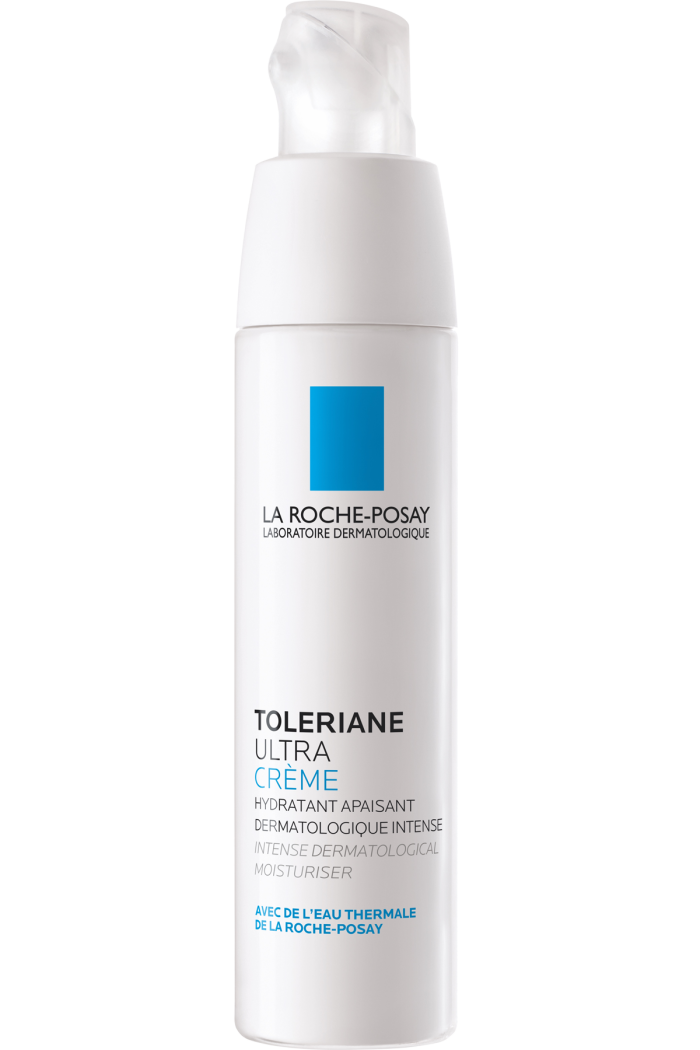
Of course, there’s nothing sustainable about throwing away half-empty bottles because the products have lost their potency. Meanwhile, airless pumps have become incredibly popular for brands with high-efficacy formulas to safeguard. “Airless pumps are double-walled, and reduce the amount of possible contamination,” explains Ko. “A pump will generally protect the product better, but not everything is suitable for a pump,” he adds. Murad uses a dual-chamber, airless pump system for the Vita-C Glycolic Brightening Serum to prevent dilution, while AlumierMD has a “chamber dispensing” system for its EverActive C&E serum, which mixes the antioxidant Vitamin C into the serum only when you press to dispense it. La Roche-Posay Toleriane Ultra has a hermetic pump and a retractable bag inside the tube to maintain freshness. But, adds Ko, the extra plastic required to make a double-walled airless pump puts them in the environmental crosshairs – and they’re expensive to make.


Aluminium is growing in popularity, buoyed by its recyclability and light weight, which in turn trims shipping costs. Depixym’s multi-use Cosmetic Emulsions come housed in aluminium tubes, and Kankan makes bath and body products packaged in fizzy-drink-style cans. However, although the brand claims that almost 75 per cent of the aluminium ever obtained is still being used, and thus infinitely recyclable, the element is a finite resource. So if every brand attempted to switch at once, demand could potentially outstrip supply.
Glass is often touted as a planet-friendly solution, but it’s a weighty one. And while heft might signal luxury for consumers (especially for make-up, where brands often seek to make their compacts shut with the same clunk as a closing Bentley door), it adds cost too. “It can increase the environmental damage, as well as shipping costs, because you have to use more fuel to transport it,” says Qureshi. “But sometimes glass is the best option when it comes to a really potent product.” One way to minimise the environmental impact of shipping is to use local providers – Austrian-born Susanne Kaufmann sources most of the packaging needed for her eponymous brand from nearby suppliers in Germany, as well as earning further eco cred by using solar power for production. She has also lately started selling refills.
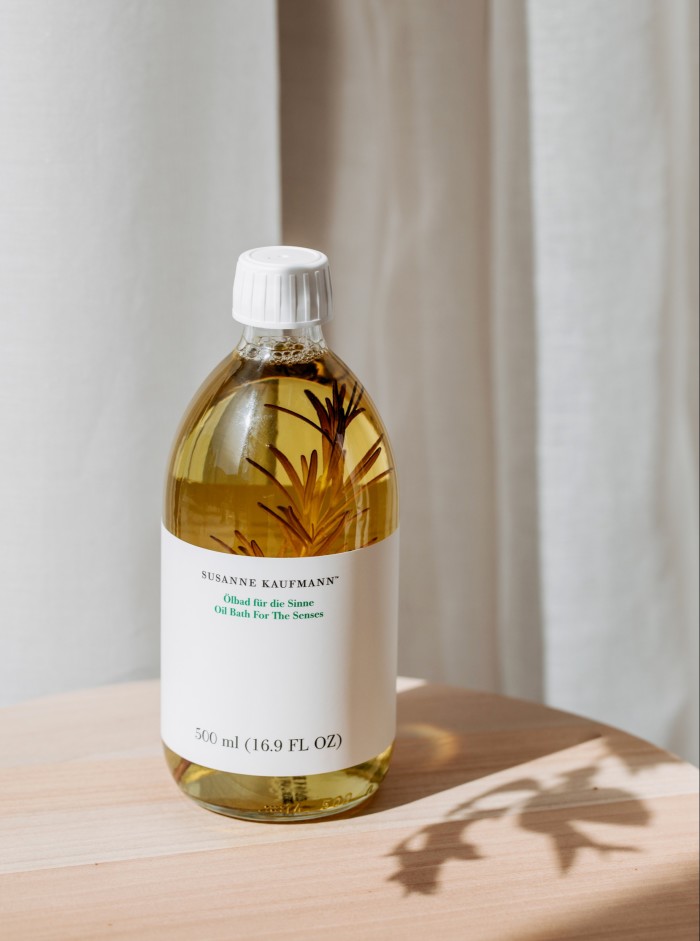

Unlike many other sectors, such as household goods, beauty has the unique challenge of needing to be formulated for pleasure and sensory experience. Many factors shape our choices; the creaminess of a thick, whipped lotion or the slip of oil feels luxurious, while the instant cooling of a gel is reassuringly clinical, which in turn shapes the kind of packaging that’s needed.
“Shelf appeal” is also paramount: Marcia Kilgore – a serial beauty entrepreneur who founded Bliss, FitFlop and Soap & Glory before launching the beauty subscriptions service Beauty Pie, which offers consumers luxury formulations in standardised containers – says: “The challenge for everybody who’s in the beauty industry is to continue to create beautiful and photogenic products, while keeping in mind that we want to be as ecologically conscious as possible. The whole industry is still trying to find its way in terms of which materials are biodegradable, but still will be perceived to have high-enough quality.”
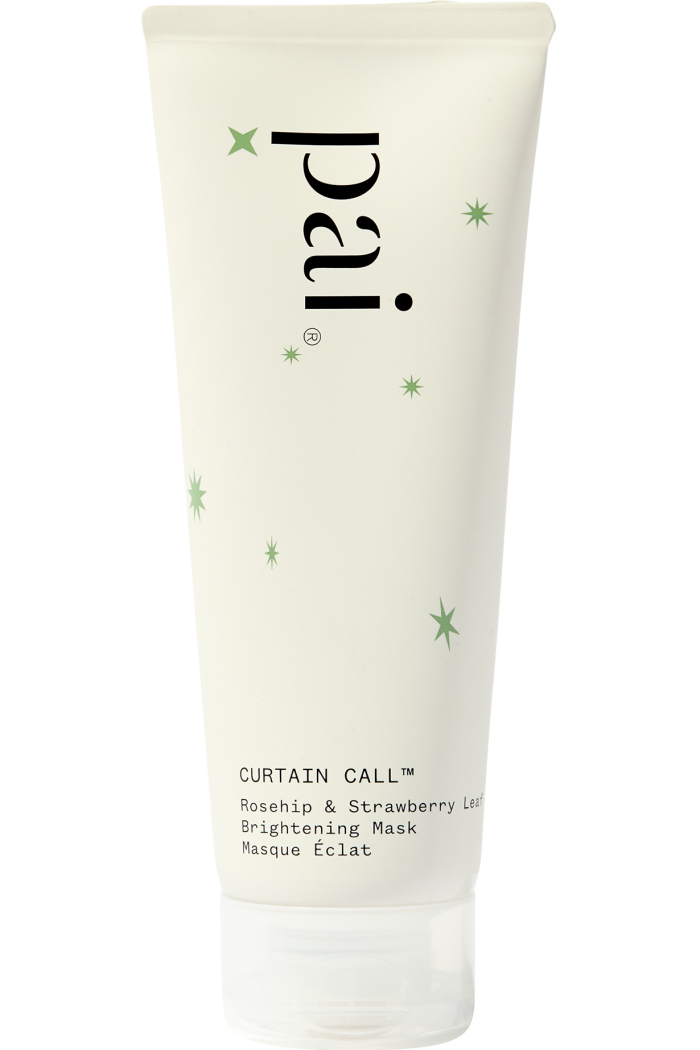
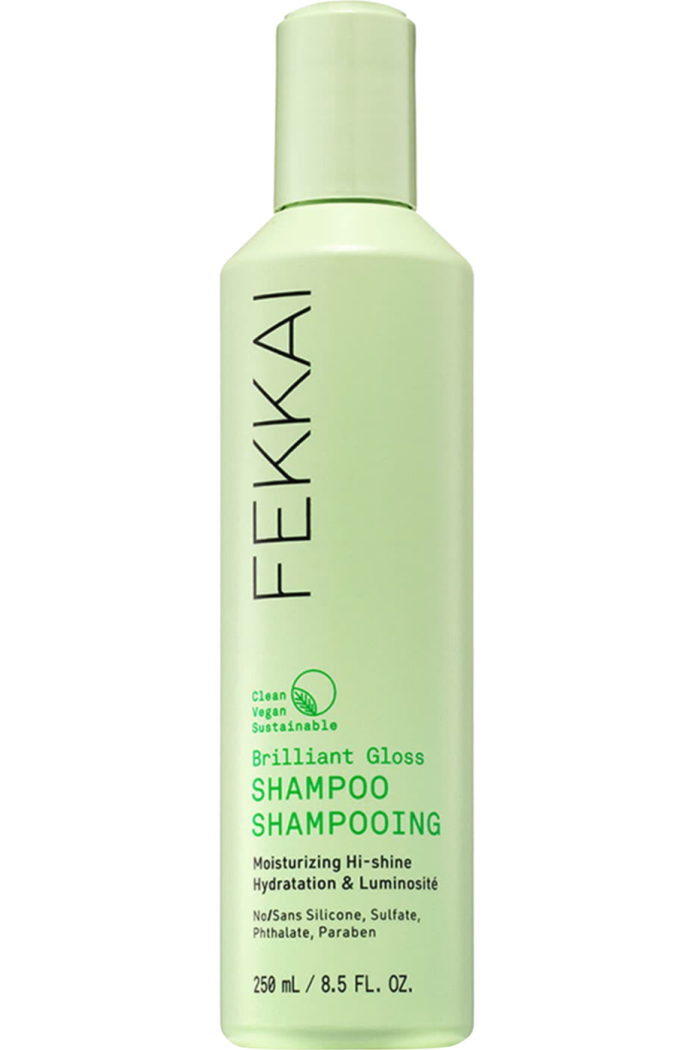
Plastic is the ultimate sticking point: the UK Government has announced a new tax from April 2022, which will apply to any plastic packaging made or imported into the UK that doesn’t meet a minimum threshold of at least 30 per cent recycled materials. Many beauty brands are already ahead in this regard: Pai Skincare uses 40 per cent recycled plastics in its tubes and 70 per cent recycled materials in its box packaging, while the Fekkai haircare line has bottles made of 95 per cent repurposed plastic. Qureshi notes that it’s rare to see 100 per cent recycled plastic in cosmetics. “Usually you have to add some virgin plastic, otherwise the colour is very opaque and grey, and customers like to have it slightly translucent so they can see their product, how much of it is left and also have it in the brand’s colours,” she says.
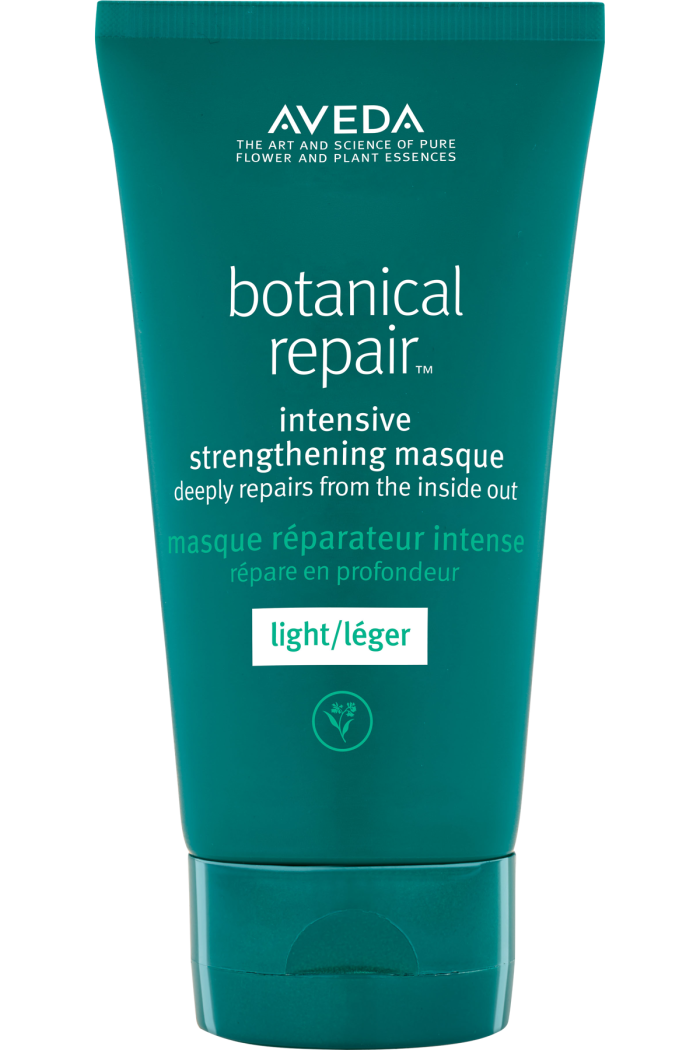

Then there’s the issue of recycling the package once you’ve finished it. As Ko notes, “Sometimes the packaging is recyclable, but you have to dismantle it in a way that’s difficult, and a lot of people simply won’t do that.” To this end, Aveda has launched a mono-material tube for its Botanical Repair Intensive Strengthening Masque, and if your local council still doesn’t accept it for recycling, the brand offers in-store recycling for all of its packaging. Brands are increasingly keen to offer options to offset their plastic use – Deciem, Caudalie and L’Occitane all have in-store drop-offs in partnership with TerraCycle, which specialises in hard-to-recycle packaging and materials. And all accept recyclables from any beauty brand, not just their own. There is also Handle, which collects used beauty bottles and cardboard and either turns it into new packaging for brands or uses the materials to make its own-brand hair brushes, toothbrushes and razors.
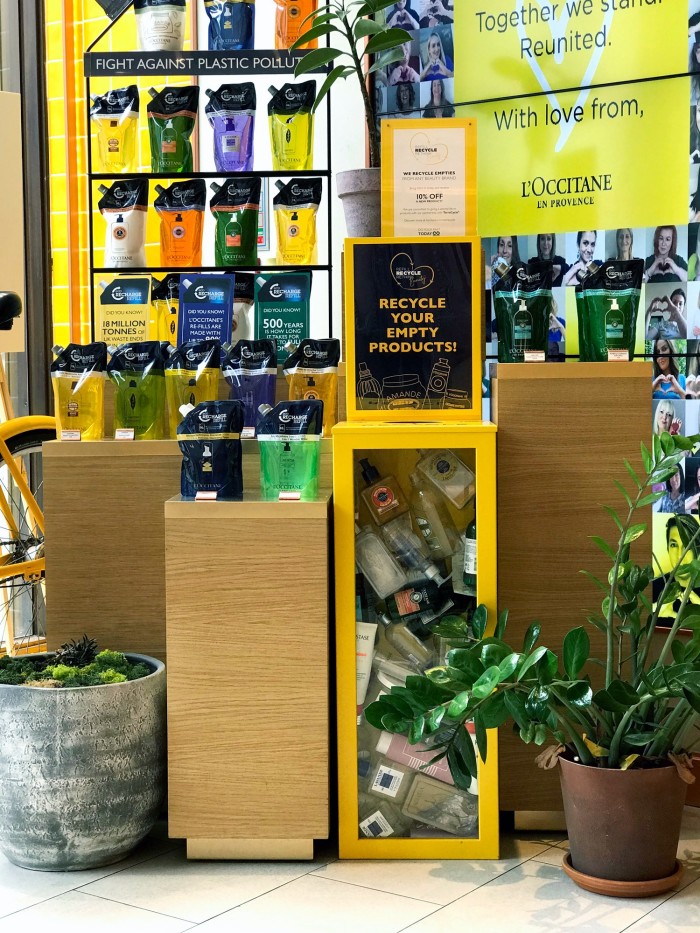
Ultimately, the solution is more about finding lines of best fit than total perfection. The realities are complex, and everything from a brand’s geographical position to the depth of its pockets and the very texture of the formulas it works with will affect the choices it makes. Lines of best fit apply to your routine too – how much you really need, how often you need to replenish and what you can easily recycle or reuse. From an individual perspective, that means resisting the urge for new things before you’ve finished one product, and shunning brands that ship their products with superfluous frills like sequins, or non-biodegradable layers of shrinkwrap and extra boxes. The challenge is to remain fiercely stubborn about minimising needless waste – perhaps, as Leonard Cohen once sang, “stubborn as those garbage bags that time cannot decay”.

Comments